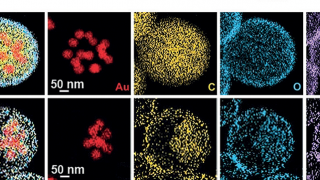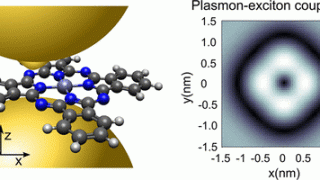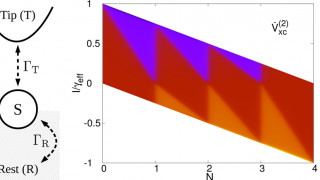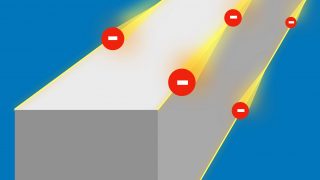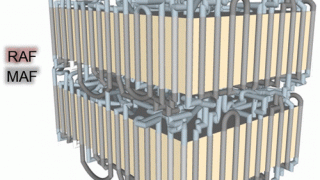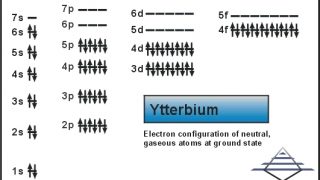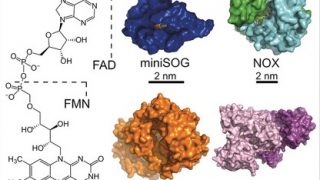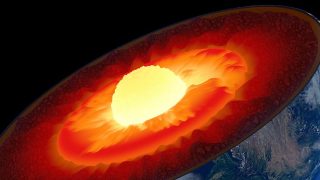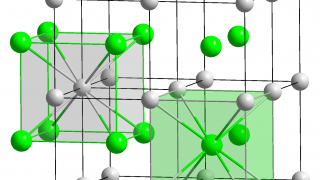
Helium atom scattering can measure electron−phonon interaction properties of surfaces
Atom scattering at low energies has a long history as a useful probe of surface properties. The most common atomic projectiles are helium atoms formed into a monoenergetic beam directed toward the surface with energies in the thermal range, meaning kinetic energies less than 100 meV. From ordered surfaces the scattered spectra consist of sharp […]
